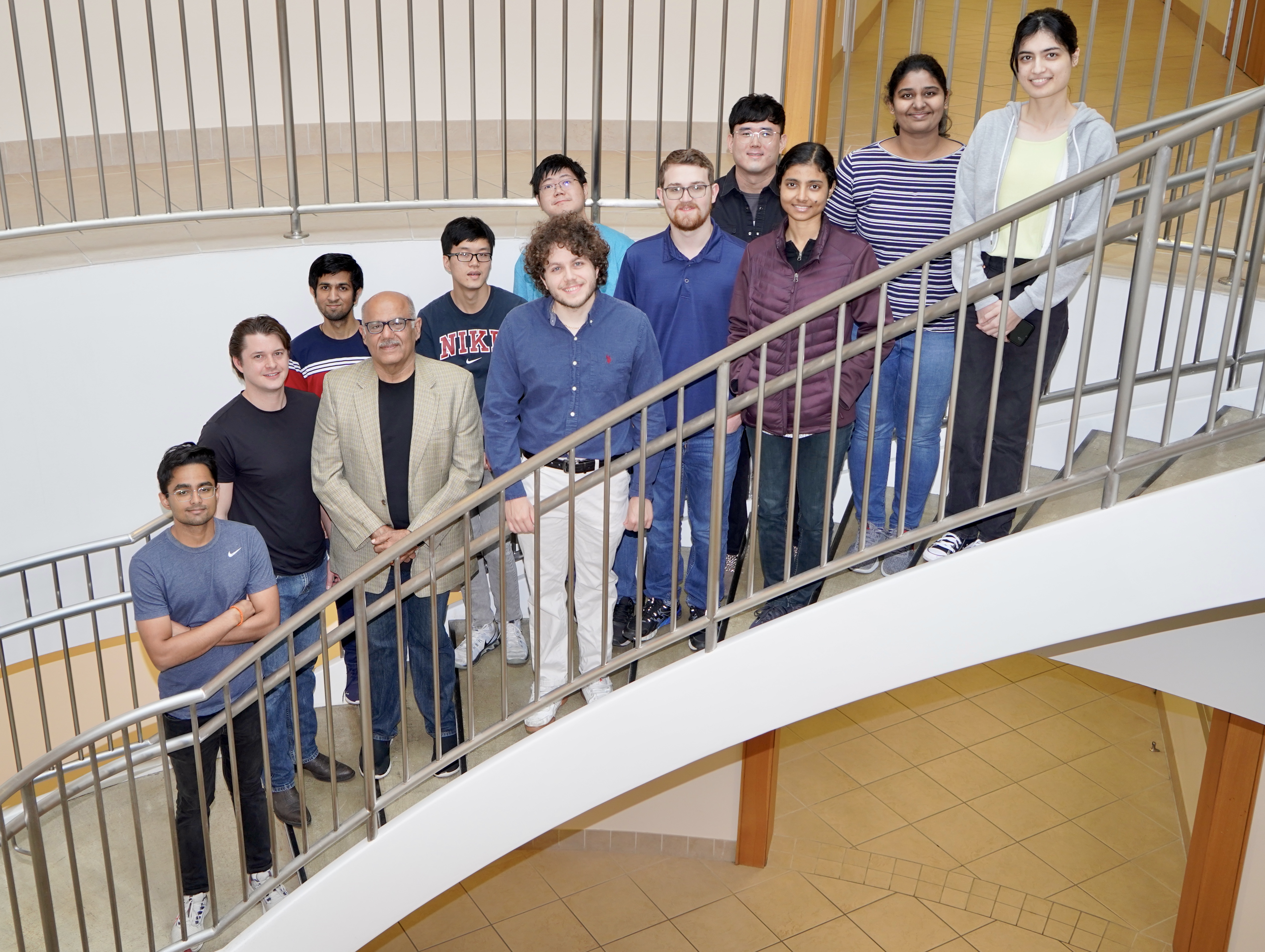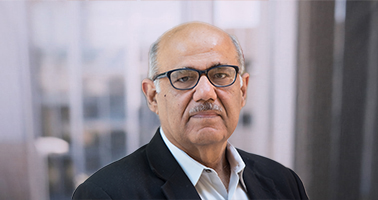
The Center’s current research is focused on the computer science and computational mathematics foundations of statistical and dynamic predictive decision making, actionable intelligence and visualization. We develop classical and quantum, deep, variational reinforcement machine learning and geometric optimization algorithms for applications in the physical and chemical sciences, medicine, and bioinformatics and healthcare. Past research in predicting molecular and neuronal form, function with bounded uncertainty, are now being revisited through the lens of inferential data sciences. Some current research projects include (a) forward and inverse optimization problems in microscopy, spectroscopy, electro- magnetic and electro-optical wide spectrum imaging; (b) generative shape and new material design for spatially realistic and hierarchical phenomenological models; (c) learning from nature and generating models and mechanisms with accelerated and emerging properties.
Website
Directors

Faculty and Research Staff
Postdocs
Students
Staff
Members outside the Oden Institute
Jinpeng Zhu
Projects:
1. Title: Sample Efficient Active Learning in Multiple Imaging Modalities
Funding: Army Futures Command LOA-2495-018
PIs: Chandrajit Bajaj
Website: https://cvcweb.oden.utexas.edu/cvcwp/active-learning/
Within this project, there are several subprojects. Spectre studies smart data structures and prediction optimization with provable guarantees for spectral and geometric processing, while DEDRECON is an army project which develops advanced machine learning to real-life image visual perception under multi-modality fusion techniques.
2. Title: Shape and Function Optimization by Reinforcement Learning
PIs: Chandrajit Bajaj
Website: https://cvcweb.oden.utexas.edu/cvcwp/shape-optimization/
We are using reinforcement learning in novel ways, including in object shape and function optimization. One project we’ve worked on developed a novel patch-based adversarial attack pipeline that trains adversarial patches on 3D human meshes. This new 3D adversarial patch is shown to fool state-of-the-art deep object detectors robustly under varying views, potentially leading to an attacking scheme that is persistently strong in the physical world. Another project we’re working on sets out to optimally design functions using inverse generative modeling that, via control of shape or material properties, can cloak the object with respect to acoustic waves and a given sensor. The cloaking is designed using meta-materials affixed to the shape or even with control over the shape itself, while the source/sensor can be from any direction relative to the object. We hope to continue our work on this project, building off the groundwork that will be discussed in this report.
3. Title: Learning to Optimally Control Stochastic Dynamical Systems
PIs: Chandrajit Bajaj
Website: https://cvcweb.oden.utexas.edu/cvcwp/optimal-control/
A recent subproject in this area, Angstrom, studies multiresolution geometric data structures and computational mathematics algorithms that are essential for a wide range of molecular structure determination with X-ray and Cryo_Electron Microscopy, energetics, interactions, and molecular dynamics.
4. Title: Quantum Machine Learning
PIs: Chandrajit Bajaj
Website: https://cvcweb.oden.utexas.edu/cvcwp/quantum-machine-learning/
There is a rich interplay to be understood between research on quantum computing and classical machine learning algorithms, with both providing inspiration for the other. However, careful thought about machine learning algorithms is needed before one can have confidence in the claimed quantum speedups. Under this initiative, our plan is to work on both aspects of quantum algorithms as well as their “dequantizations”, and to do so with a particular focus on our twin application areas in quantum chemistry and physics (materials, magnetic systems, reaction kinetics), and quantum earth sciences (single and multiphase flows, coupled processes in porous media).